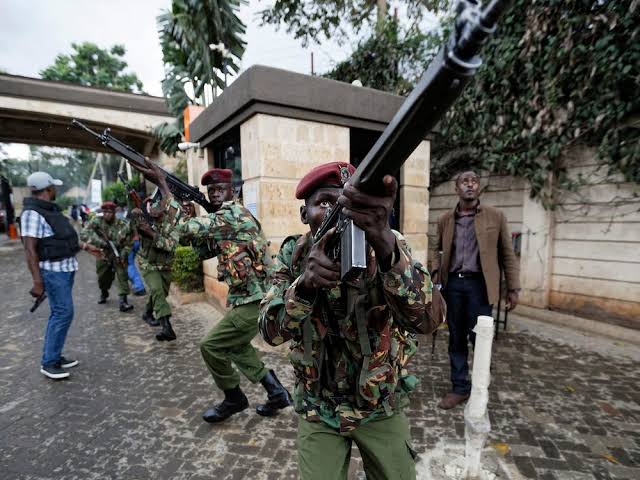By Edward Wanyonyi
NAIROBI, Kenya, Jul 1- The recent spike in insecurity and cross border attacks in Mandera County suspected to be instigated by members of the Al-Shabaab terror group and their sympathizers continues to be a ticking time bomb.
Besides the challenge of scaring away investors to the county, there is also the risk of the attacks disrupting delivery of crucial public services as Government officials tend to be the most vulnerable and at high risk.
While the trend can be taken on the surface value to imply the inescapable realities of proximity to a country with a burgeoning terror franchise, could this time to review Kenya’s community resilience to violent extremism strategy?
The Kenya community resilience to violent extremism strategy is part of the broader National Counter terrorism and violent extremism response framework that brings a whole of Government approach to stemming new recruitment towards violent extremism ideology, cutting off the enablers and financiers of terrorism, disrupting the maturation and execution of terrorism plots and apprehending if not decapitation of the terror cells leaders.
Recently Chief of the Kenya Defense Forces General Robert Kibochi, revealed that a multi-agency team drawn from the Kenya Defense Forces, National police Service, Kenya Coast Guard Service, Kenya Wildlife Service,Kenya Forest service, the National Youth Service among others will partake in a field training exercise at the Kenya Navy Manda base.
The exercise which will be conducted in counties along the coastal strip and North Eastern Kenya will be designed to enable security officers to respond to emerging threats as well as provide long term solutions.
Evidence from the American led global war on terrorism provides an opportunity to appreciate the advantages and gaps of this whole of Government approach.
First, while the strategy places death in equal measure to the terrorism promoters through counter terrorism operations, there is always a counter productive outcome of local communities being disenfranchised as they perceive these operations as a carte blanche for extra judicial killings.
Secondly, this approach tends to heavily invest on military and police outfits as the key responders to terrorism and in this way zones communities, cultures and ways of life as theatres of active military engagement. This approach while it garners points in terms of kinetic response to terror plots is usually deficient in obtaining the needed cooperation from the community as locals shy away from alerting security actors about the next plot.
The third aspect is that from a narrative perspective, the whole of government approach tends to place the Minister in charge of security or the security chiefs at the operational head of a triangle like organogram in the counter terrorism operation yet terror organizations in contrast utilise flat disaggregated cells that place the community at the highest level. A community that feels isolated by Government will easily cozy towards the terror entrepreneurs.
Could the above scenarios be at play in Mandera county?
Mandera county presents a mixture of local grievances, inter clan cleavages and the lack of an effective whole of county approach to combating violent extremism. This has left the Government with no option but to centre security actors to be at the heart of the response and also frame the entire situation as a counter terrorism one that needs Government’s canine approach of boots and bullets on the ground.
The County Government has not been able to rise to the occasion and provide alternative means of addressing the violent extremism challenge while the business community is still not yet well constituted to address the threat posed by extremists.
While there are a few community initiatives seeking to advance cooperation with security actors especially elders and Muslim clerics initiatives, there is a gap in how these local disaggregated initiatives work towards a unified approach that brings coherence with Government strategic initiatives to ensure that Mandera builds its local capacity to host or even attract violent extremists.
For this to happen, it is important that an urgent conference bringing together Northern Frontier Counties be organized together with the Ministry of Interior and Coordination of National Government to map out a new approach to combating local drivers and vulnerabilities of cross border terror incidences. Secondly, there is need to increase funding and support to community-based organizations that will support prevention approach to violent extremism in order to win communities trust and confidence in cooperation with Government.
Third, it is instructive to note that while the National Counter Terrorism centre is looking at the whole of country strategy, there is need to develop a unique and specific approach that resonates with the special peculiarities of counties such as Mandera in addressing the threat of violent cross border terrorist operations.
The writer is a national security and media engagement researcher and a member of Crime Journalists Association of Kenya and can be reached via edward.marks09@gmail.com
Want to send us a story? Contact Shahidi News Tel: +254115512797 (Mobile & WhatsApp)


